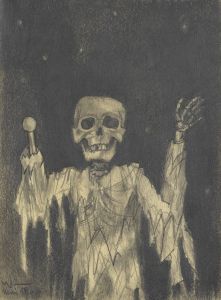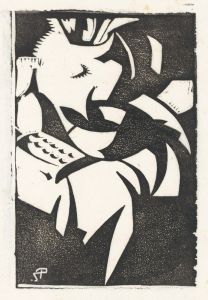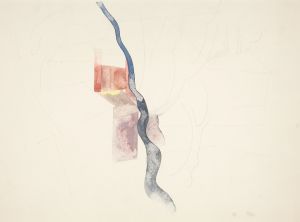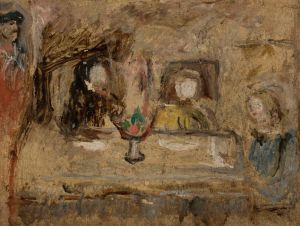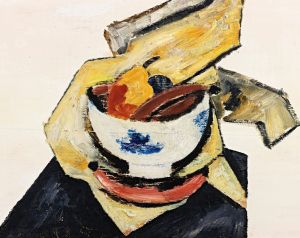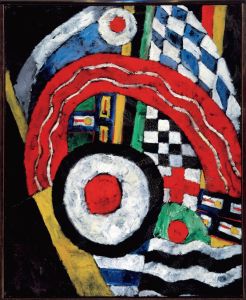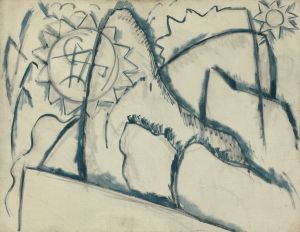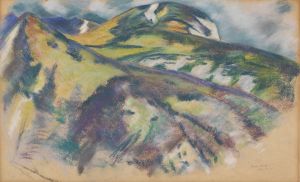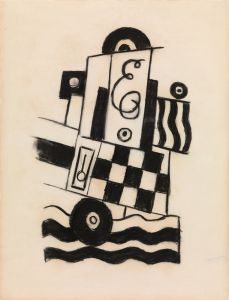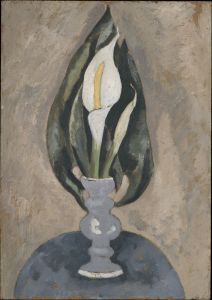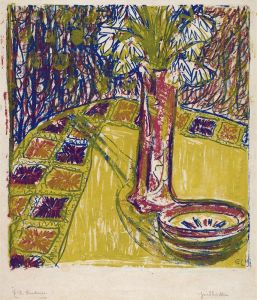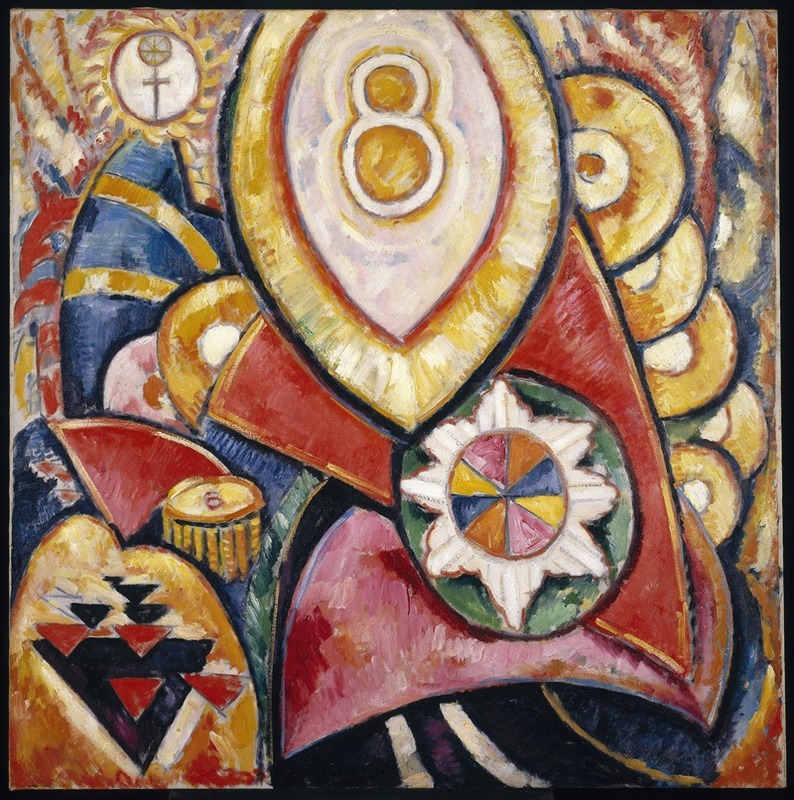
Painting No. 48
A hand-painted replica of Marsden Hartley’s masterpiece Painting No. 48, meticulously crafted by professional artists to capture the true essence of the original. Each piece is created with museum-quality canvas and rare mineral pigments, carefully painted by experienced artists with delicate brushstrokes and rich, layered colors to perfectly recreate the texture of the original artwork. Unlike machine-printed reproductions, this hand-painted version brings the painting to life, infused with the artist’s emotions and skill in every stroke. Whether for personal collection or home decoration, it instantly elevates the artistic atmosphere of any space.
Marsden Hartley was an American Modernist painter, known for his bold use of color and form, and his ability to convey emotion and symbolism through his work. One of his notable works is "Painting No. 48," which exemplifies his unique approach to abstraction and his engagement with the cultural and artistic movements of his time.
"Painting No. 48" was created during a period when Hartley was deeply influenced by the European avant-garde, particularly the German Expressionists and the French Cubists. This painting is part of a series of works that Hartley produced during his stay in Berlin from 1913 to 1915, a time when he was closely associated with the German Expressionist group Der Blaue Reiter, which included artists like Wassily Kandinsky and Franz Marc.
The painting is characterized by its vibrant colors, dynamic composition, and abstract forms. Hartley was known for his ability to synthesize various influences into a cohesive visual language, and "Painting No. 48" is a testament to this skill. The work features a complex interplay of geometric shapes and bold colors, which create a sense of movement and energy. This approach reflects Hartley's interest in the spiritual and emotional potential of color and form, a concept that was central to the Expressionist movement.
In "Painting No. 48," Hartley employs a symbolic language that draws on a variety of sources, including Native American motifs, Christian iconography, and military insignia. This eclectic mix of symbols is typical of Hartley's work during this period, as he sought to create a universal visual language that could convey deep emotional and spiritual truths. The painting's abstract forms and vibrant colors are not merely decorative; they are intended to evoke a sense of transcendence and to communicate complex ideas about identity, spirituality, and the human experience.
Hartley's time in Berlin was a formative period in his career, and "Painting No. 48" reflects the artist's engagement with the cultural and political climate of pre-World War I Europe. The painting's bold use of color and form can be seen as a response to the tumultuous times, as well as an exploration of the possibilities of modern art. Hartley's work from this period is often seen as a bridge between American and European modernism, and "Painting No. 48" is a key example of this synthesis.
After returning to the United States, Hartley's work continued to evolve, but the influence of his Berlin period remained evident in his later paintings. "Painting No. 48" is an important work in Hartley's oeuvre, as it encapsulates the artist's innovative approach to abstraction and his ability to convey profound emotional and spiritual themes through his art.
Today, Marsden Hartley is recognized as a pivotal figure in American modernism, and "Painting No. 48" is celebrated as a significant example of his contribution to the development of abstract art. The painting continues to be studied and admired for its bold use of color, its complex symbolism, and its reflection of the cultural and artistic currents of its time.





